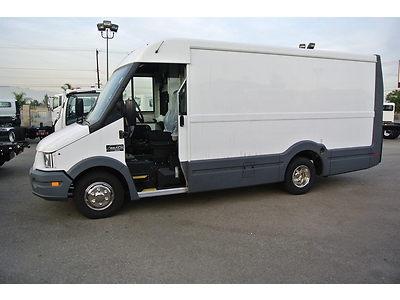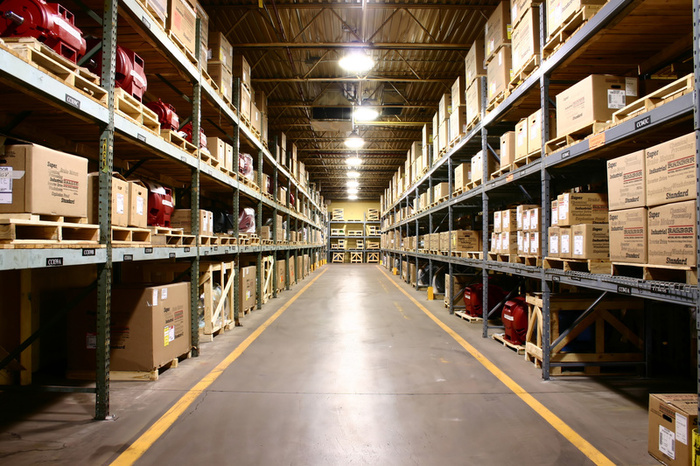Today, there are fundamental forces that are making supply chain management and logistics more challenging and dynamic than ever before. However, while these pressures are affecting the supply chain across the board, it seems that shipping of parcels as well as broader transportation logistics are becoming a particular pain point for many companies. One of the major reasons for this is the continuing explosion of e-commerce, a trend that has continued unabated and even accelerated since the 1990s. The dramatic growth in web based purchasing has also created the expectation that nearly every company needs to provide a direct sales channel, even if their core competency is in manufacturing or distribution.

At the same time, companies are experiencing increasing globalization, as they reach to new markets – and suppliers – to fuel the engines of commerce. When you couple this with competitive pressures that are increasingly forcing companies to move to lean inventory models and just-in-time fulfillment, the impact of this can be dramatic. For example, many customers are now turning to manufacturers to provide spare parts on demand, finding that it is more cost effective to pay for expedited shipping costs rather than hold inventories. In one example of this, a major European telecommunication manufacturer saw their carrying costs for parts decline by several million each year simply by arranging for their suppliers to ship to sites within four hours of any failure.
To meet these challenges, companies are turning to new paradigms for parcel deliveries that improve their ability to scale, respond quickly, and have global reach. For instance, many of them are turning to independent parcel management platforms such as Kewill that have multicarrier capabilities, including the ability to choose from multiple express carriers and to shop for the best rates in order to create the appropriate balance between service levels and costs. These systems, unlike those in years past, feature high levels of integration with the systems of parcel carriers, and are designed to scale to the largest applications. Many of these are built on technologies such as Service Oriented Architecture (SOA) that allow transactions to be processed in under a second even when shipments reach many thousands of units per day.
These platforms are starting to introduce additional value-added capabilities as well. For instance, some include global trade management functions, such as checking for compliance and for parties to whom it is illegal to ship, as well as handling export documentation. They also have an increasing focus on advanced analytics, so that companies shipping goods can understand the performance of their own operations and its impact on shipping processes, along with the performance of the various carriers who are involved in delivery. Not only do these analytics highlight current issues, they also make it easy to identify emerging issues and take corrective actions before these become major problems.
Finally, because of the way they are architected, these parcel management systems are able to integrate tightly into the extended supply chain, both driving down costs and creating competitive advantage. For instance, customers are now able to see the different shipping options and costs when they are considering making an order, eliminating a major objection that arises during the buying decision. Companies are also able to offer committed delivery dates, even when goods from suppliers are still inbound. These systems also make techniques such as drop shipping viable, allowing companies to benefit from the logistical efficiencies while maintaining visibility and committed service levels.

What are the signs that you may be ready for an advanced package management system? First, you will only get a return on investment if your volumes are sufficiently high – however, depending on your circumstances, the breakeven point may be as little as 200 to 300 parcels a day. Second, the more places you ship to both at home and internationally, the more benefits you will see – the opportunity to unify diverse shipping decisions into a standardized technology platform not only drives down costs, it also enhances the level of service you can provide to your customers. Third, if you have a complex product mix that involves many different sizes and weights, as well as a multitude of attached regulatory requirements, then intelligent package management systems can dramatically reduce the complexity and cost of handling this. Finally, many companies start off simplifying their startup e-commerce channels by going with a single supplier, but if you are seeing your volumes increase and your international orders grow, then it makes sense to switch from a single carrier strategy to a multicarrier one.



